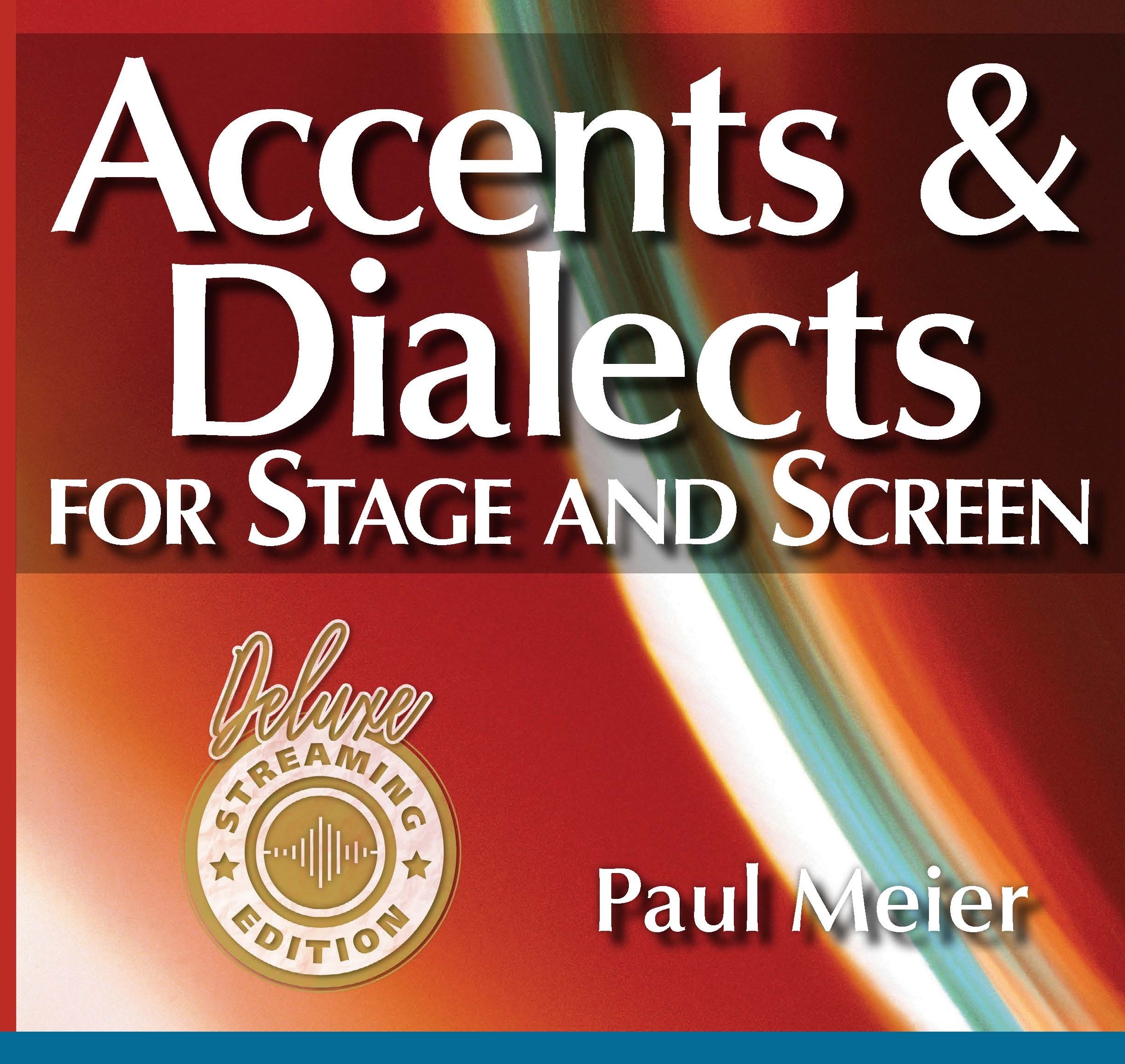New York 17
Listen to New York 17, a 48-year-old woman from Harlem and the Lower East Side of Manhattan, New York City, New York, United States. Click or tap the triangle-shaped play button to hear the subject.
Both as a courtesy and to comply with copyright law, please remember to credit IDEA for direct or indirect use of samples. IDEA is a free resource; please consider supporting us.
BIOGRAPHICAL INFORMATION
AGE: 48
DATE OF BIRTH (DD/MM/YYYY): 03/10/1963
PLACE OF BIRTH: New York City (Manhattan)
GENDER: female
ETHNICITY: Puerto Rican
OCCUPATION: security manager
EDUCATION: two years of college
AREA(S) OF RESIDENCE OUTSIDE REPRESENTATIVE REGION FOR LONGER THAN SIX MONTHS:
The subject was raised until 5 years of age on the Lower East Side of Manhattan, New York City, in a predominantly Puerto Rican neighborhood. At age 5, she moved to the Puerto Rican neighborhood in Harlem known as “East Harlem,” “Spanish Harlem,” and/or “El Barrio.”
OTHER INFLUENCES ON SPEECH: N/A
The text used in our recordings of scripted speech can be found by clicking here.
RECORDED BY: David Nevell
DATE OF RECORDING (DD/MM/YYYY): 30/07/2011
PHONETIC TRANSCRIPTION OF SCRIPTED SPEECH: N/A
TRANSCRIBED BY: N/A
DATE OF TRANSCRIPTION (DD/MM/YYYY): N/A
ORTHOGRAPHIC TRANSCRIPTION OF UNSCRIPTED SPEECH:
Well, my passion and, um, is working here at El Museo, and the reason why and I think I was about 14 when my junior high school art teacher told me, “Oh, I submitted some of your pieces to El Museo del Barrio.” At the time, Museo del Barrio was located on 3rd Avenue and 106th Street; it was a store front next to the bank which my mother visited every Saturday; you know, as a ritual, we had to go shopping on Third Avenue, so I would, um, wander into that museum and look at the art, and I was just so amazed. And I’m really flattered, you know, and at that time I didn’t even realize what flattery was, but, um, that my art teacher thought of me, you know. And that’s when I became passionate about the museum and everything it does. Oh, El Museo del Barrio sponsors the Three Kings Day Parade, which to my mother — my mother’s name is Reyes and she was born on Three Kings Day — and she always even as a child, um, celebrated that, you know, holiday with us, even if it was just putting … You know, we didn’t have a lot of money, so even if it was just putting a little, you know, uh, some pieces of candy and just for them to have that parade gave it more meaning to me. I love, um, living, you know, having been raised in this community from 5, and I still live in this community; it means a lot of, a lot to me to be able to work with the people that I grew up, you could say grew up around the culture, the music, the foods because the dynamics of East Harlem is changing. When I moved here, it was a lot of blacks and Hispanics, primarily Puerto Rican, but now we have Mexicans in the area, Dominicans — we also have white people moving back, which is great because the neighborhood is getting better. I hate to say it but, um, they start cleaning it more, you know, more sanitation comes around a little bit more for the housing for the housing prices that’s not too good because the apartments get more expensive, but, um, we get better restaurants, it’s safer. You start seeing the police more; it’s no longer to harass the residents but more to keep us safe again. And then El Museo is becoming so much more popular, not only because we renovated it, you know, but also, um, again the activities that we offer, and now it’s including … it’s not when it was founded it was Puerto Rican, they wanted to expose Puerto Rican art, but now we have so many other Latino cultures that we represent, and it’s like a beautiful thing to get all these people together. I’ve learned so much in working here these last two years.
TRANSCRIBED BY: Matthew Evanoff (under supervision of David Nevell)
DATE OF TRANSCRIPTION (DD/MM/YYYY): 30/06/2011
PHONETIC TRANSCRIPTION OF UNSCRIPTED SPEECH: N/A
TRANSCRIBED BY: N/A
DATE OF TRANSCRIPTION (DD/MM/YYYY): N/A
SCHOLARLY COMMENTARY: N/A
COMMENTARY BY: N/A
DATE OF COMMENTARY (DD/MM/YYYY): N/A
The archive provides:
- Recordings of accent/dialect speakers from the region you select.
- Text of the speakers’ biographical details.
- Scholarly commentary and analysis in some cases.
- In most cases, an orthographic transcription of the speakers’ unscripted speech. In a small number of cases, you will also find a narrow phonetic transcription of the sample (see Phonetic Transcriptions for a complete list). The recordings average four minutes in length and feature both the reading of one of two standard passages, and some unscripted speech. The two passages are Comma Gets a Cure (currently our standard passage) and The Rainbow Passage (used in our earliest recordings).
For instructional materials or coaching in the accents and dialects represented here, please go to Other Dialect Services.
 IDEA: International Dialects of English Archive
IDEA: International Dialects of English Archive


